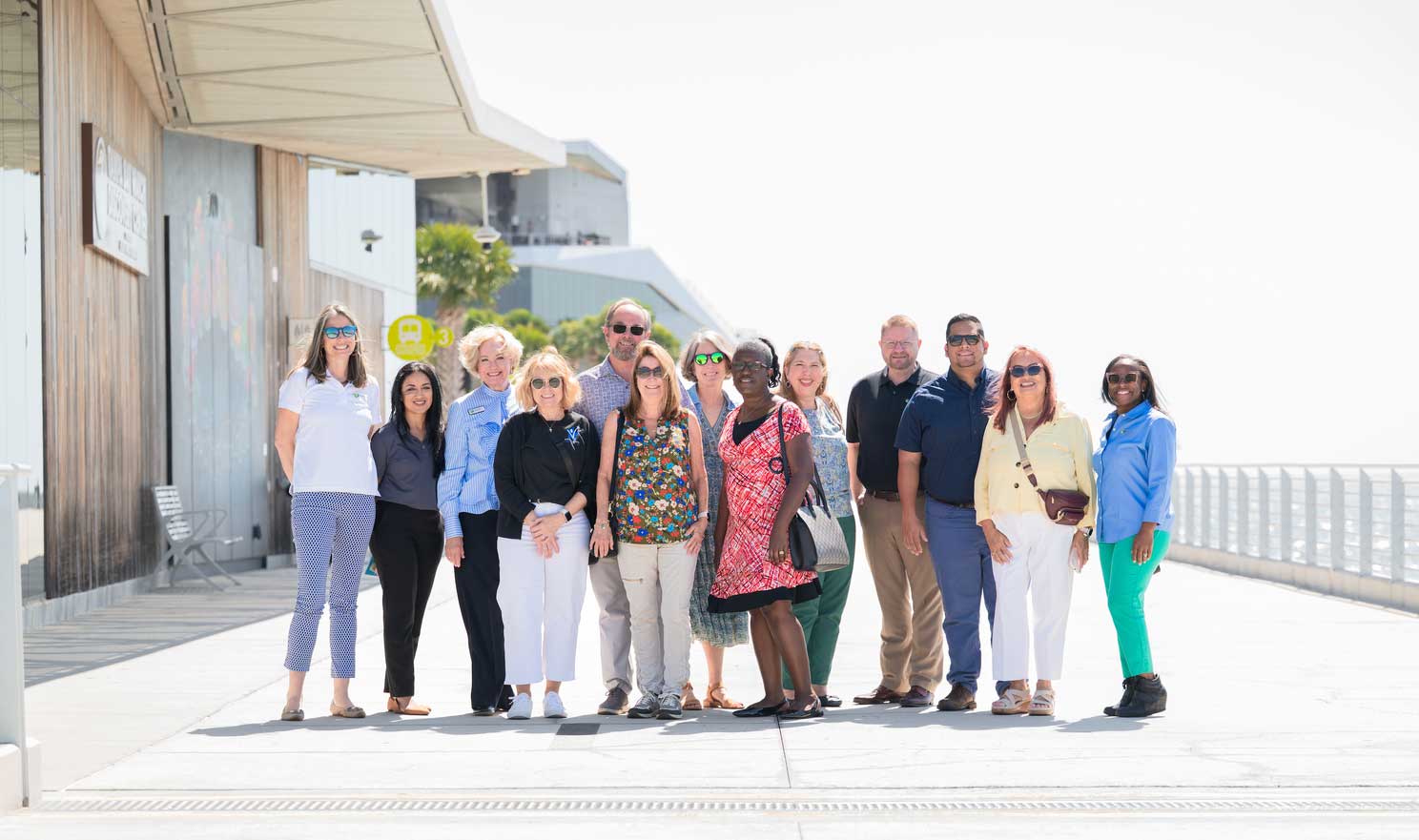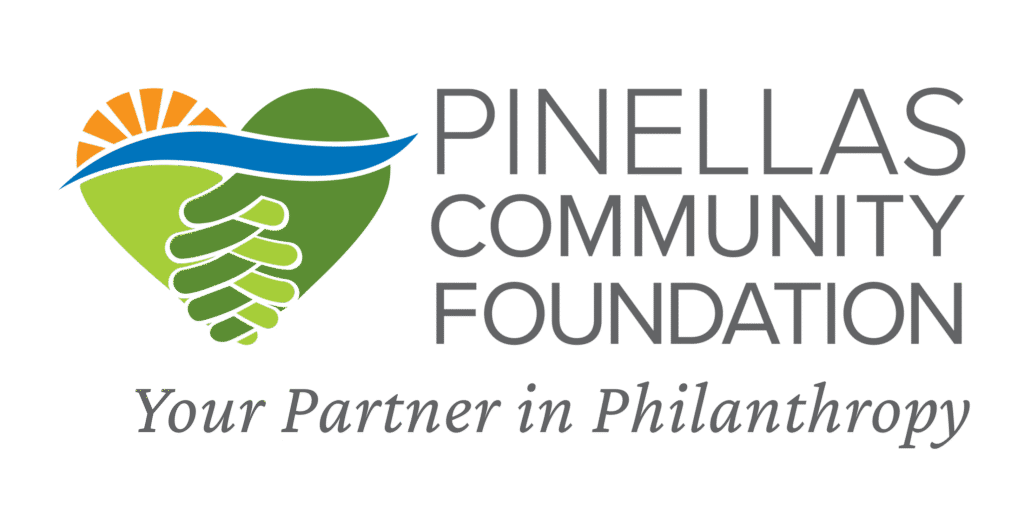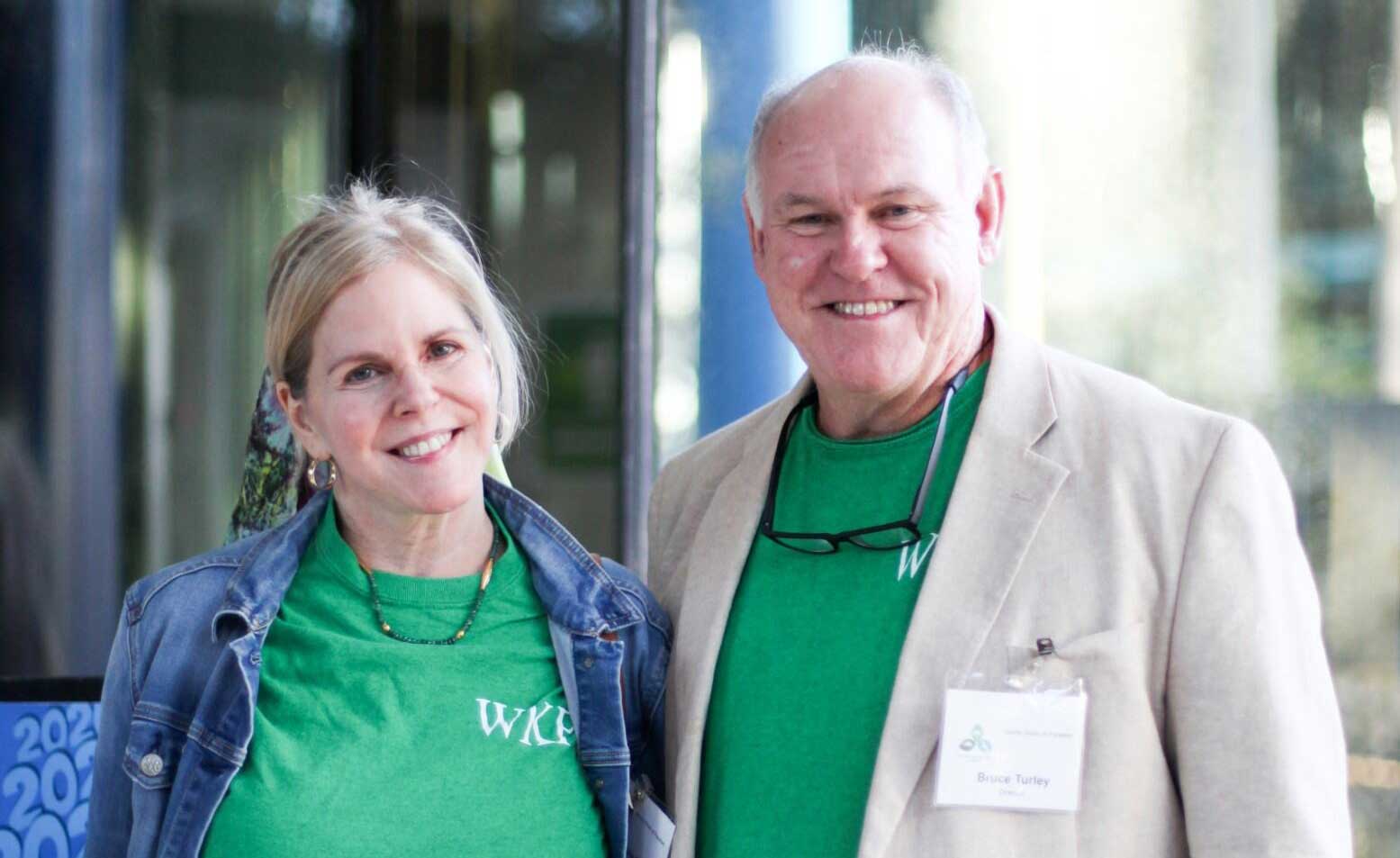Legacy giving by bequest totaled $45.84 billion in 2024, yet many families overlook this powerful vehicle for perpetuating their values. Establishing a legacy fund lets you convert your estate into an enduring source of community support, unlocking tax advantages, professional stewardship, and multi-generational engagement. This guide explores what a legacy fund is, its key benefits, step-by-step setup, eligible assets, how Pinellas Community Foundation enhances your impact, common misconceptions, and strategies to maximize lasting philanthropic influence.
What Is a Planned Legacy Fund and How Does It Work?
What Defines a Planned Legacy Fund and Its Purpose?
A legacy fund is a charitable endowment created through estate planning to support causes beyond one’s lifetime by channeling designated assets into a managed fund. This structure ensures perpetual giftmaking aligned with your philanthropic vision. For example, a family might designate appreciated securities to fund education initiatives in Pinellas County after their passing. By embedding giving instructions in a will or trust, a legacy fund transforms personal values into sustained community benefit, setting the stage for formal integration within estate plans.
How Does a Legacy Fund Operate Within Estate Planning?
A legacy fund becomes active through provisions in estate planning documents, ensuring assets transfer seamlessly to the designated fund upon the donor’s death.
Estate Planning and Planned Legacy Funds
Planned Legacy funds are established through estate planning documents, such as wills or trusts, ensuring assets are transferred to the designated fund upon the donor’s death. This process often involves discussions with financial advisors, estate attorneys, and community foundation officers to integrate the fund‘s instructions into the estate plan, which is crucial for the fund‘s activation and operation.
American Bar Association, Guide to Wills and Trusts (2023)
This guide from the American Bar Association provides insights into the legal aspects of estate planning, which is essential for understanding how Planned Legacy funds are integrated into estate plans.
- You discuss goals with your community foundation philanthropy advisor.
- Your estate attorney incorporates fund instructions into wills or trusts.
- Executor notifies PCF, which receives and invests the assets.
- The foundation follows your instructions to support preferred causes.
Each step safeguards donor intent and prepares heirs to carry on your legacy, leading naturally into comparisons with similar vehicles.
What Are the Differences Between Planned Legacy Funds and Donor-Advised Funds?
A comparative view of how Planned Legacy funds and donor-advised funds differ helps families select the ideal charitable vehicle.
| Fund Type | Activation | Gift Timing | Family Role |
|---|---|---|---|
| Planned Legacy Fund | Triggered by estate plan | Gifts begin after donor’s passing | Successor advisors manage gift recommendations |
| Donor-Advised Fund | Activated during lifetime | Immediate and ongoing distributions | Donor or designees recommend gifts directly |
By understanding activation triggers, distribution timing, and family involvement, you can choose the structure that best aligns with your philanthropic and estate planning goals.
What Are the Key Benefits of Establishing a Family Planned Legacy Fund?
How Does a Planned Legacy Fund Create a Lasting Charitable Impact?
A planned legacy fund that is endowed provides perpetual support by generating investment income that underwrites gifts to nonprofits for generations. Families can establish fund guidelines that adapt to evolving community needs, from education scholarships to health services. This enduring gift pipeline cements your family’s philanthropic footprint, ensuring causes you cherish receive ongoing backing long after your lifetime.
What Tax Advantages Can Families Gain from a Planned Legacy Fund?
Planned Legacy Funds offer multiple tax efficiencies by reducing estate tax liability, creating income tax deductions, and enabling capital gains avoidance on donated assets.
- Donors receive an immediate estate tax reduction when directing assets into a qualified charitable vehicle.
- Gifts of appreciated stock avoid capital gains tax on the built-in gain, maximizing the amount available for charity.
- Income tax deductions apply for charitable bequests, benefiting the donor’s estate and heirs.
Tax Advantages of Charitable Giving
Charitable giving, including Planned Legacy Funds, can offer significant tax benefits. Donors may receive immediate estate tax reductions, income tax deductions for charitable bequests, and can avoid capital gains taxes on donated assets like appreciated stock, maximizing the impact of their gifts and preserving more of their estate for heirs and charitable causes.
IRS, Publication 526, Charitable Contributions (2024)
This IRS publication provides detailed information on the tax implications of charitable giving, which is relevant to understanding the financial benefits of establishing a planned legacy fund.
These tax advantages preserve more of your estate’s value for charitable impact and family inheritance alike, reinforcing professional management as a vital next benefit.
How Does Professional Management Ensure Donor Intent Is Honored?

By entrusting your planned legacy fund to Pinellas Community Foundation, you secure expert stewardship of investments, compliance with legal requirements, and faithful giftmaking aligned with your specified goals. PCF’s investment committee oversees asset allocation for growth and income, while its gift advisory team verifies that each distribution meets your fund guidelines. This structured oversight safeguards your philanthropic vision and alleviates administrative burdens for heirs.
In What Ways Can a Planned Legacy Fund Foster Family Engagement in Giving?
A planned legacy fund can becomes a focal point for family philanthropy by inviting multiple generations to collaborate on gift decisions, attend site visits, and participate in fund stewardship. Annual family advisory meetings instill shared values, while educational resources guide younger members in evaluating nonprofit proposals. These interactions cultivate philanthropic leadership among heirs and reinforce your family’s charitable tradition as part of a living legacy.
How Do You Set Up a Planned Legacy Fund for Your Family?
What Are the Essential Steps to Establish a Planned Legacy Fund?
To establish a planned legacy fund, follow these fundamental steps:
- Schedule an initial consultation with a community foundation philanthropic advisor.
- Outline preferred causes, gift guidelines, and successor advisors.
- Consult your financial advisor and estate attorney to draft legal instructions.
- Select funding assets and define distribution terms in your will or trust (your attorney will help).
- Finalize documentation and submit it to PCF for safekeeping.
Completing these steps ensures your philanthropic intentions integrate seamlessly into your overall estate plan.
What If You Want To Change The Charities Listed in Your Planned Legacy Fund?
Planned Legacy Funds at Pinellas Community Foundation are easily changed until the time of your death. Simply call your philanthropic advisor at PCF and they can make the necessary changes to your documentation without needing to modify your will or trust.
Which Professionals Should You Consult When Creating a Planned Legacy Fund?

Expert guidance from qualified professionals makes the process efficient and compliant. Families should consult:
- A financial advisor to assess asset allocation and tax strategies.
- An estate planning attorney to draft legally sound will or trust provisions (or update your current documents).
- A tax advisor to optimize income and estate tax deductions.
- A community foundation officer to design gift guidelines and documentation.
Collaboration among these specialists ensures your planned legacy fund reflects both your charitable vision and financial goals, paving the way for bespoke customization.
How Can You Customize Your Planned Legacy Fund to Reflect Family Values and Causes?
Customization transforms a planned legacy fund into a personal expression of your family’s priorities by selecting gift focus areas—such as youth education, environmental conservation, or arts enrichment—and defining criteria for award recipients. You can designate specific nonprofits, set geographic parameters within Pinellas County, or allow future advisory committees to adapt giftmaking over time. This flexibility aligns fund operations with evolving family values and community contexts.
What Assets From an Estate Can Be Used to Fund a Legacy Gift?
How Can Cash and Appreciated Securities Be Donated to a Planned Legacy Fund?
Families can contribute cash or appreciated securities to generate immediate charitable income and maximize tax efficiency. Donating stock that has increased in value avoids capital gains tax, while providing a charitable deduction for the full market value of the shares. This strategy channels more resources to the fund and leverages tax rules to preserve estate value for heirs and beneficiaries.
What Are the Benefits of Donating Real Estate or Life Insurance?
Gifts of real estate or life insurance policies unlock unique advantages:
- Real estate donations may generate tax deductions based on appraised value, while relieving heirs of property management.
- Naming a planned legacy fund as beneficiary of a life insurance policy provides future philanthropic capital without depleting current assets.
These asset-based gifts diversify funding sources and expand your planned legacy fund’s capacity to support causes over time.
How Does Pinellas Community Foundation Support Your Family Planned Legacy Fund?
What Role Does PCF Play in Managing Planned Legacy Funds?

Pinellas Community Foundation administers Planned Legacy Funds by acting as fiduciary, investing assets prudently, handling legal and tax reporting, and executing gift distributions. PCF also holds the designated charity accountable to the programs outlined in the planned legacy fund, ensuring the donor’s wishes are honored. If, at any point, the selected charity no longer carries out the designated program, PCF will identify and direct funds to another organization conducting similar work, so the donor’s original intent for their gifts is preserved for generations to come.
Community Foundations and Giftmaking
Community foundations play a vital role in managing Planned Legacy Funds by acting as fiduciaries, investing assets, handling legal and tax reporting, and executing gift distributions according to donor guidelines. Their local expertise helps identify community needs and high-impact organizations, ensuring that the funds support relevant causes.
National Council on Nonprofits, Community Foundations: An Overview (2024)
This overview from the National Council on Nonprofits explains the role and functions of community foundations, which is essential for understanding how they support and manage Planned Legacy Funds.
PCF’s governance structure ensures compliance with charitable regulations while honoring donor-specified guidelines, giving families confidence that their philanthropic goals remain central to fund operations.
How Does Local Community Expertise Enhance Fund Impact?
With deep knowledge of Pinellas County’s nonprofit landscape, PCF identifies emerging needs and high-impact organizations. This local expertise enables families to direct gifts where they address critical issues—such as education gaps, environmental challenges, or health disparities—thereby amplifying the effectiveness of each dollar entrusted to the legacy fund.
What Are Common Misconceptions About Planned Legacy Funds?
Is There a Minimum Amount Required to Establish a Planned Legacy Fund?
Most community foundations, including PCFPinellas, require no initial investment or set minimum investment for planned legacy fund creation. This low threshold makes legacy giving accessible, inviting broader participation without compromising fund viability or granting potential.
How Flexible Are Planned Legacy Funds for Future Changes?
Planned Legacy Funds offer adaptable gift guidelines that successor advisors can amend to reflect shifting family priorities or evolving community needs. By building flexibility into your fund documents, you avoid complex revisions to your estate plan while preserving the fund’s core mission for decades.
Can Multiple Generations Participate in Legacy Fund Decisions?
Yes, Planned Legacy Funds are expressly designed for multi-generational involvement by naming successor advisors or an advisory committee within the fund agreement. This structure fosters continuity of family engagement, ensuring each generation has a voice in sustaining and evolving your philanthropic vision.
How Can Families Maximize the Long-Term Impact of Their Legacy Fund?

What Strategies Encourage Multi-Generational Philanthropy?
- Holding annual advisory meetings to review gift proposals collectively.
- Creating a family philanthropy statement that outlines shared values.
- Engaging youth through educational workshops on effective nonprofits and philanthropy.
These practices cultivate philanthropic leadership in heirs and reinforce your fund’s mission across generations as they assume stewardship roles.
How Can Planned Legacy Funds Adapt to Changing Community Needs Over Time?
By setting aside a portion of your fund for discretionary gifts or empowering advisory committees with update authority, Planned Legacy Funds can pivot to address emergent issues—such as disaster relief or technological education—while remaining true to the donor’s original intent. This dynamic approach ensures relevance and impact as community challenges evolve.
By aligning your family’s values with professional stewardship, a legacy fund transforms estate planning into a perpetual source of community benefit. Tax efficiencies, flexible gift guidelines, and Pinellas Community Foundation’s local expertise ensure your charitable vision edures. Engaging multiple generations in decision-making deepens family bonds and sustains philanthropic momentum. Begin shaping your family’s lasting legacy by exploring legacy fund options with Pinellas Community Foundation. Contact us today!




